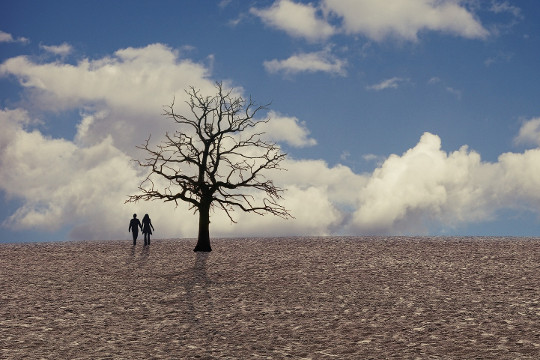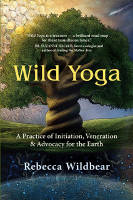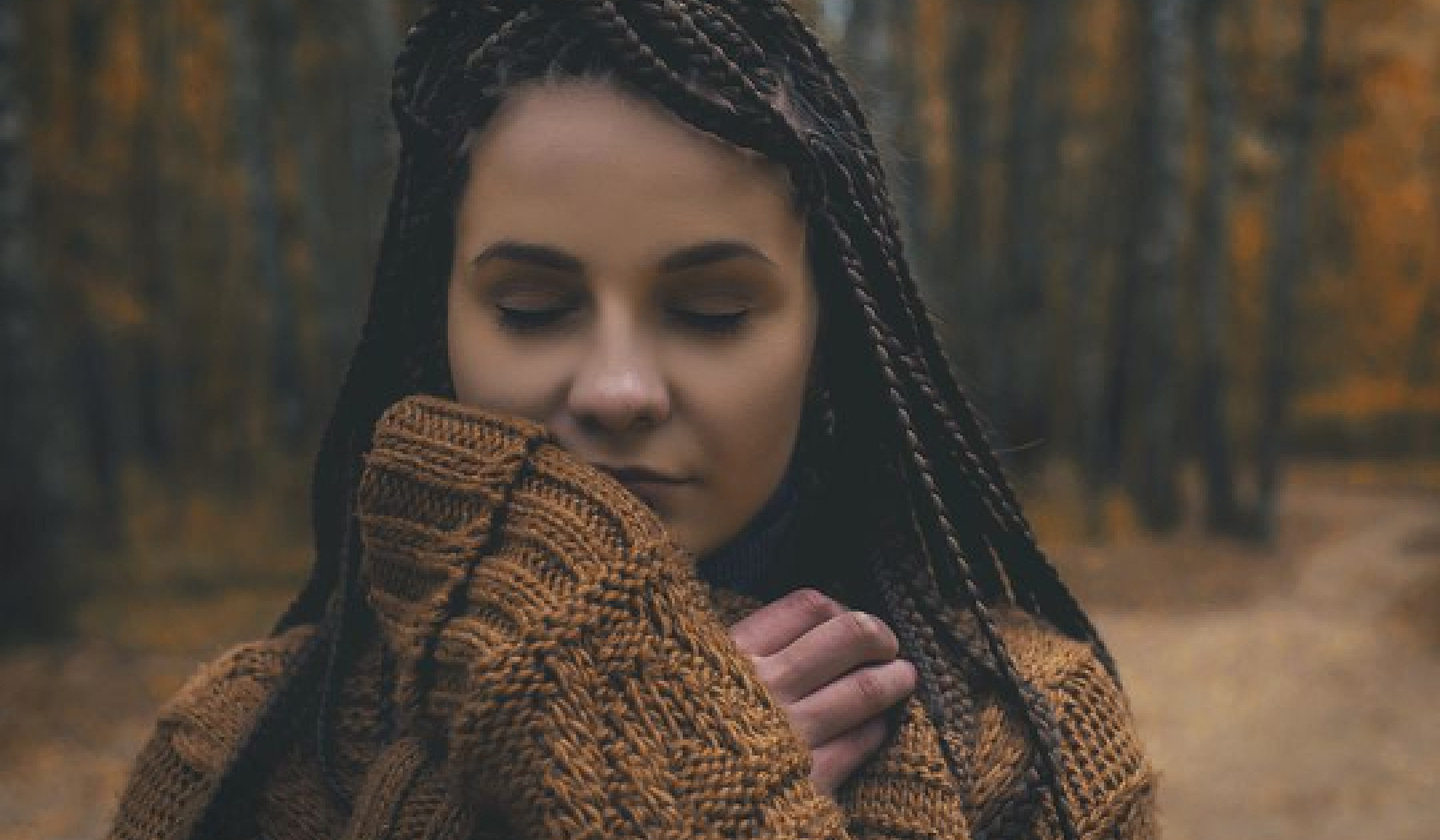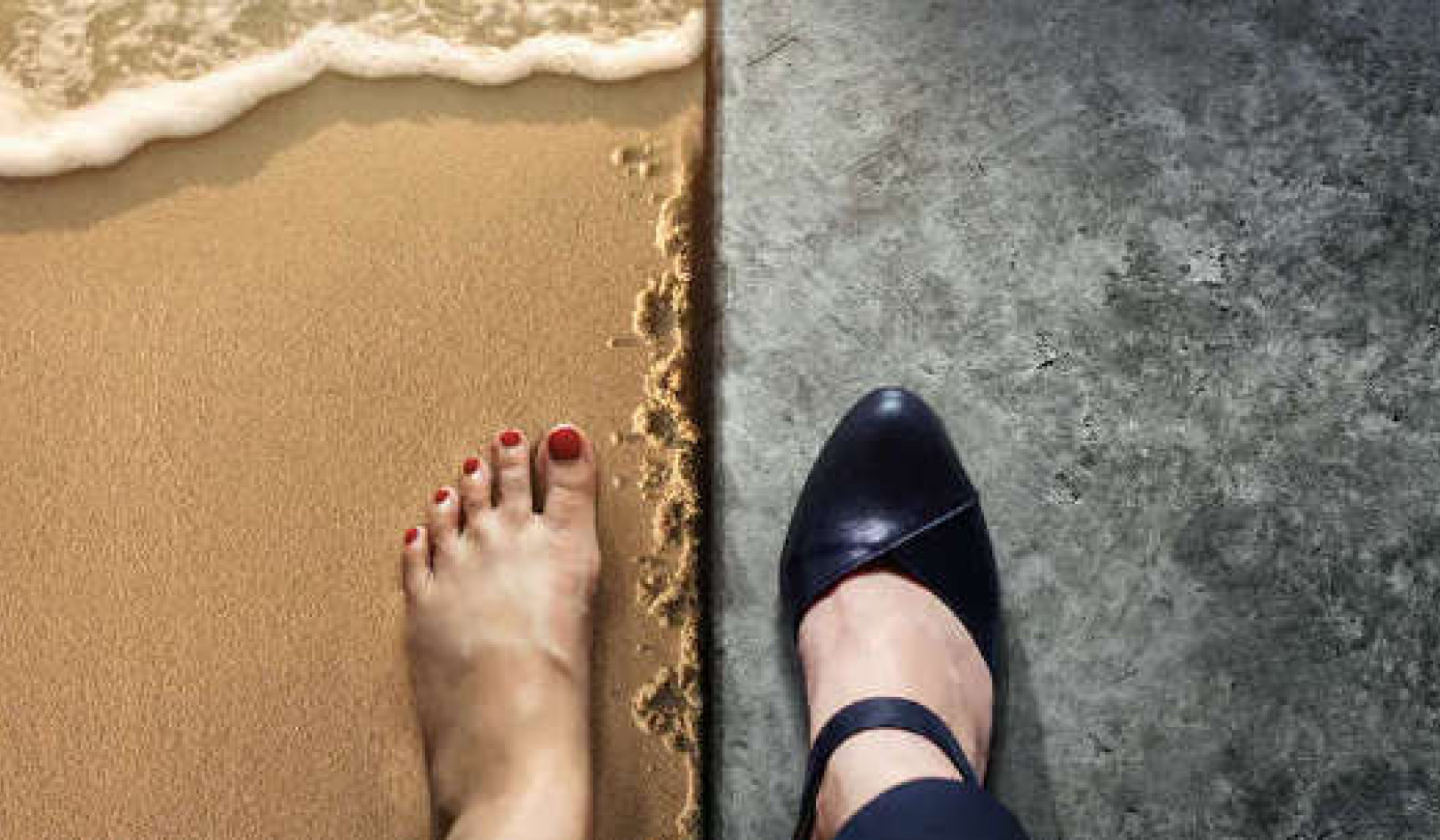
Image by Gerd Altmann
In the eyes of the dominant culture, women, like nature, are deemed substandard. The feminine aspects of the world and in ourselves have been suppressed. This is a cultural shadow I wish to blow the whistle on. The practices of Wild Yoga call us to honor women and cultivate qualities of the inner feminine: love, nature connection, creativity, ferocity, mystery, vision.
Sarah, an Irishwoman in her midfifties, reenters a dream in a session on Zoom. She is sitting by her wood-burning stove as the winds and rains of Irish winter blow outside her window. She closes her eyes, and I guide her back into a dream where she encounters a baby alone in a field and a woman standing off in the distance. As she picks up the baby and holds her, she begins to cry.
“I am remembering the three children my mom miscarried,” she says.
“She was sad but was never allowed to talk about it.” Sarah feels her mother as she holds the baby. “It’s like I’m crying tears she never got to.”
“And the other woman in the dream?” I ask.
“A foreigner with money. I’ve always hated women like her.”
“Cuddle the baby,” I suggest, “and be with the woman.”
After a moment, she reports: “Now I am holding her too. My mom, the baby, and the foreigner.”
“Notice what it’s like to hold them all.”
She is silent and then responds, “Calm, like polarities melting away.”
Sarah’s eyes are still closed. She has stopped crying and seems relaxed.
“Stay with that and see what happens next.”
“Something wants to get me.” Sarah seems alert and curious.
“Can you see what?”
“It’s been trying for a while.”
“Who’s there?”
“She reminds me of the Cailleach, the Celtic goddess.”
I saw a picture of the Cailleach once: white hair, dark blue face, rust-colored teeth, a single eye in her forehead. She was fearsome. “What’s it like to be with her?” I ask.
“An honor,” Sarah says. “She’s the voice of the Earth — guardian, hag, shaper of the land.”
“Does she see you?”
“She’s poking me with a fire stick.” Sarah chuckles.
“You’re smiling. Do you like it?”
“Yes,” she says, smiling more. “It’s playful and fierce.”
“Do you know why she is poking you?”
“I’m not sure.”
“Has she come before?”
“No. I don’t think I was calm enough.”
Two months earlier, Sarah had left her job as a psychotherapist in the school system, after two decades of service. “The land is who I need to listen to now.”
After our session, Sarah began wandering in nature in search of the Cailleach and heard the Cailleach speaking to her in Old Irish.
“Her words hit me like a spear,” Sarah reported in a later session, “and touch me so deeply I cry.”
She told me she felt the presence of the Cailleach in the mossy Irish soil, now a grassland, but once covered in ancient oaks, pines, hazels, and willow trees. “The Irish are a forest people without a forest,” she said.
My ancestors are Irish, and talking to Sarah, I felt closer to them.
“I’m your Irish ancestor,” Sarah told me. “If you go back far enough, we’re all connected.”
A while later, Sarah’s dog, Cali, went missing. She and her family searched for three days and nights. Finally, they found the dog on a tree farm near their home. Oak stumps from the original Irish forest sat amid farmed, nonnative Canadian lodgepole pine and Sitka spruce trees. Sarah sensed the Cailleach in the fallen trees.
“They don’t know how to be here,” she said. “The soil is too moist. Their resin weeps, and they live displaced and half-alive.”
Finding her dog on the tree farm felt like a call to Sarah, like the land wanted her to come and listen. So she decided to go every day for forty days and informally invited a few friends to join her. Some days, they did.
To Sarah, the land is still a forest. She sat with the old oak stumps and could feel the memory of the ancient Irish forest.
“I’m not trying to find my soul,” she said, “I want to know her, the land, the forest.”
One day, when Sarah and her friends arrived, the trees had been cut. Men with bulldozers had come.
“The trees seemed relieved,” she said. “That surprised me. The land is tired of being a factory. It wants to rest.”
Another day, she noticed some fallen trees forming the shape of the Irish cross, four quadrants with a sword going through the circle.
“The toxic masculine is chopping,” she said, “and the sacred masculine is rising.”
“What is the sacred masculine?” I asked.
“I don’t know,” she confessed. “I’m wondering how it can walk hand in hand with the sacred feminine.” She paused before saying more. “I think you have to be willing to put your body on the cross, to speak out, even if everyone ridicules you.”
Soon after, Sarah felt the presence of Jesus while she was sick with Covid-19. He had brown skin, brown hair, and brown eyes and was the last person she expected to see. She’s not a Christian and dislikes male-centric religions. Yet she wept and wept.
“He’s a representation of the sacred masculine,” she explained. “He openly expresses love to his disciples, marginalized people, his enemies.”
Guided by the Sacred Masculine and Sacred Feminine
The Cailleach still speaks to Sarah, but now she is guided by both the sacred masculine and the sacred feminine. The sacred masculine reveres the feminine, women, and the Earth. The sacred masculine has reconciled with the goddess.
In old Celtic stories, the generative feminine is the essence of the universe, and women hold the spiritual and ethical center, always with a foot in the other world. Up until the sixteenth century, to become a king in Ireland meant having a ceremonial marriage to the goddess and vowing to protect the land.
Writer and teacher Sharon Blackie wrote, “When there is mutual respect between two partners, between the goddess and the king, between land and the people, between nature and culture, between feminine and masculine — then all is in harmony and life is abundant.”9 When the contract is broken, everything suffers. Restoring and honoring the voices of the feminine are keys to healing the land, as is healing the relationship between the sacred masculine and feminine.
New and Ancient Myths Emerge
New and ancient myths emerge from the depths, sometimes connecting us to old stories meant to be passed down. Dreams hold our individual and collective shadows, including lost aspects of the feminine. A young man I guide encountered the feminine in his dreams as water: waves, rivers, lakes, the ocean. Once she came as a dry riverbed, asking him for water. In waking life, he communes with her while sitting beside a lake, and her presence softens him.
Water is a feminine principle in Norse mythology. Dew arises in the valley when the past is praised. Urd, the goddess of fate, gathers the water to feed the well of memory and keep the Tree of Life alive. Without Urd, the sun, a masculine principle, would shine too brightly and evaporate all the water.
Central to Norse mythology is reconciling the male sky gods and the feminine nature spirits. Urd is a village matriarch. In matriarchal societies, mothers and children are honored and protected, and people remember their ancient stories. Like plant consciousness, matriarchal societies are egalitarian, with neither women nor men dominating, but rather mother trees giving to the forest.
Matriarchal Societies and the Holy Feminine
North American buffalo are matriarchal.10 The males are physically stronger but defer to females for the right to mate. The grandmothers, mothers, and aunties lead the herd to find food and water and avoid predators. The sacred masculine reveres the holy feminine. We can restore her in our psyches and the world and reclaim her within ourselves and our societies by remembering the nature spirits, hags, and goddesses in ancestral myths and by being with those that arise in our dreams.
In Norse mythology, a blót is a blessing ceremony invoked to restore the balance between the masculine sky gods and the feminine Earth spirits and bring humans back into harmony with the Tree of Life. Storyteller Andreas Kornevall leads blót ceremonies between and among groups of people who are having conflicts, such as those who practice Earth-based spiritualities and Christians. In them, no one judges or critiques the person speaking. Everyone listens and tries to understand.
During one ceremony, an older woman in the group who feels the most upset is invited to speak first. No one will analyze her to determine her issue or problem. All will be tuning in to the collective shadow. The group invites her to speak because they recognize she may be holding it. Giving words to long-suppressed feelings can create transformation for all people and the land.
I would love to see these ceremonies occur in society, so we may honor and listen to the feminine again. I wish women were invited to disagree and emote more often in families, organizations, and governments.
The Collective Shadow of Patriarchy
When women can’t speak the truth to those in power, the collective shadow of patriarchy remains ingrained. If women were invited to speak and be heard, knowing that what they said would not be used against them, perhaps the wild feminine could live. And we could uncover the underbelly of what goes unseen in the world, on the land, and in dreams.
Perhaps we could recognize those we put beneath us and take care to listen to the pain they express, shining a light on what needs to be altered.
Copyright ©2023 by Rebecca Wildbear. All Rights Reserved.
Reprinted with permission from New World Library.
Article Source:
BOOK: Wild Yoga
Wild Yoga: A Practice of Initiation, Veneration & Advocacy for the Earth
by Rebecca Wildbear.  This wonderfully fresh and revelatory book invites you to create a personal yoga practice that seamlessly melds health and well-being with spiritual insight, Earth stewardship, and cultural transformation. Wilderness guide and yoga instructor Rebecca Wildbear came to yoga after a life-threatening encounter with cancer in her twenties. Over years of teaching and healing, she devised the unique and user-friendly practice she presents in Wild Yoga.
This wonderfully fresh and revelatory book invites you to create a personal yoga practice that seamlessly melds health and well-being with spiritual insight, Earth stewardship, and cultural transformation. Wilderness guide and yoga instructor Rebecca Wildbear came to yoga after a life-threatening encounter with cancer in her twenties. Over years of teaching and healing, she devised the unique and user-friendly practice she presents in Wild Yoga.
In this book, she guides you in connecting to the natural world and living from your soul while also addressing environmental activism. Whether you are new to yoga or an experienced practitioner, by engaging in this vibrant approach, you’ll discover greater levels of love, purpose, and creativity, along with the active awareness we know our planet deserves. You will be guided to awaken your wild nature and deepen your relationship with earth.
Click here for more info and/or to order this paperback book. Also available as a Kindle edition.
About the Author
 Rebecca Wildbear is the author of Wild Yoga: A Practice of Initiation, Veneration & Advocacy for the Earth. She is also the creator of a yoga practice called Wild Yoga, which empowers individuals to tune in to the mysteries that live within the earth community, dreams, and their own wild nature so they may live a life of creative service. She has been leading Wild Yoga programs since 2007 and also guides other nature and soul programs through Animas Valley Institute.
Rebecca Wildbear is the author of Wild Yoga: A Practice of Initiation, Veneration & Advocacy for the Earth. She is also the creator of a yoga practice called Wild Yoga, which empowers individuals to tune in to the mysteries that live within the earth community, dreams, and their own wild nature so they may live a life of creative service. She has been leading Wild Yoga programs since 2007 and also guides other nature and soul programs through Animas Valley Institute.
Visit her online at RebeccaWildbear.com.
























